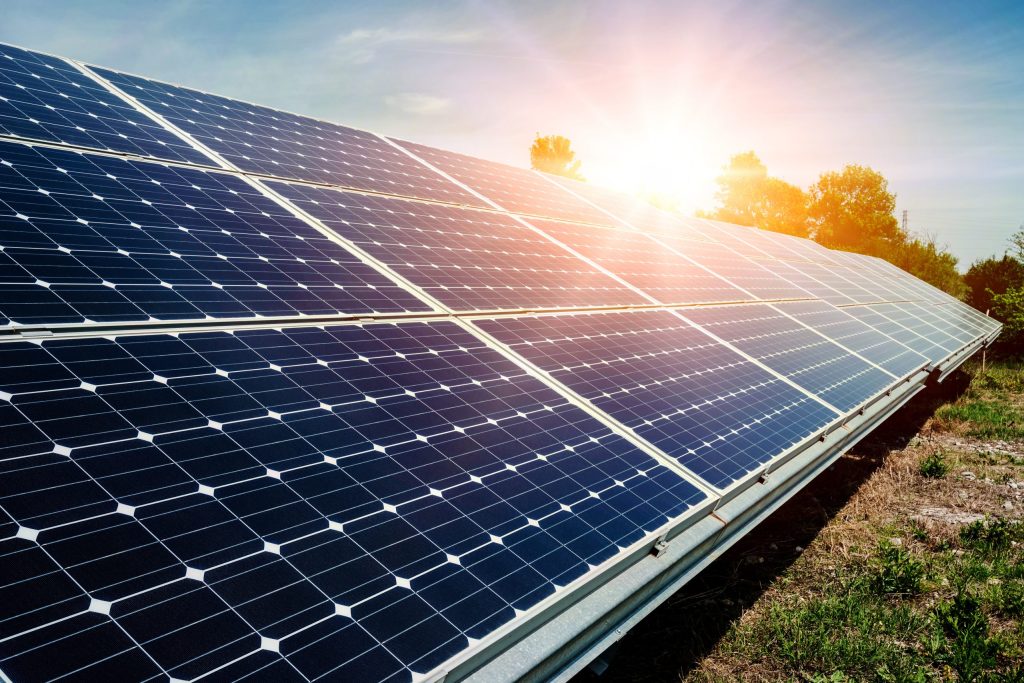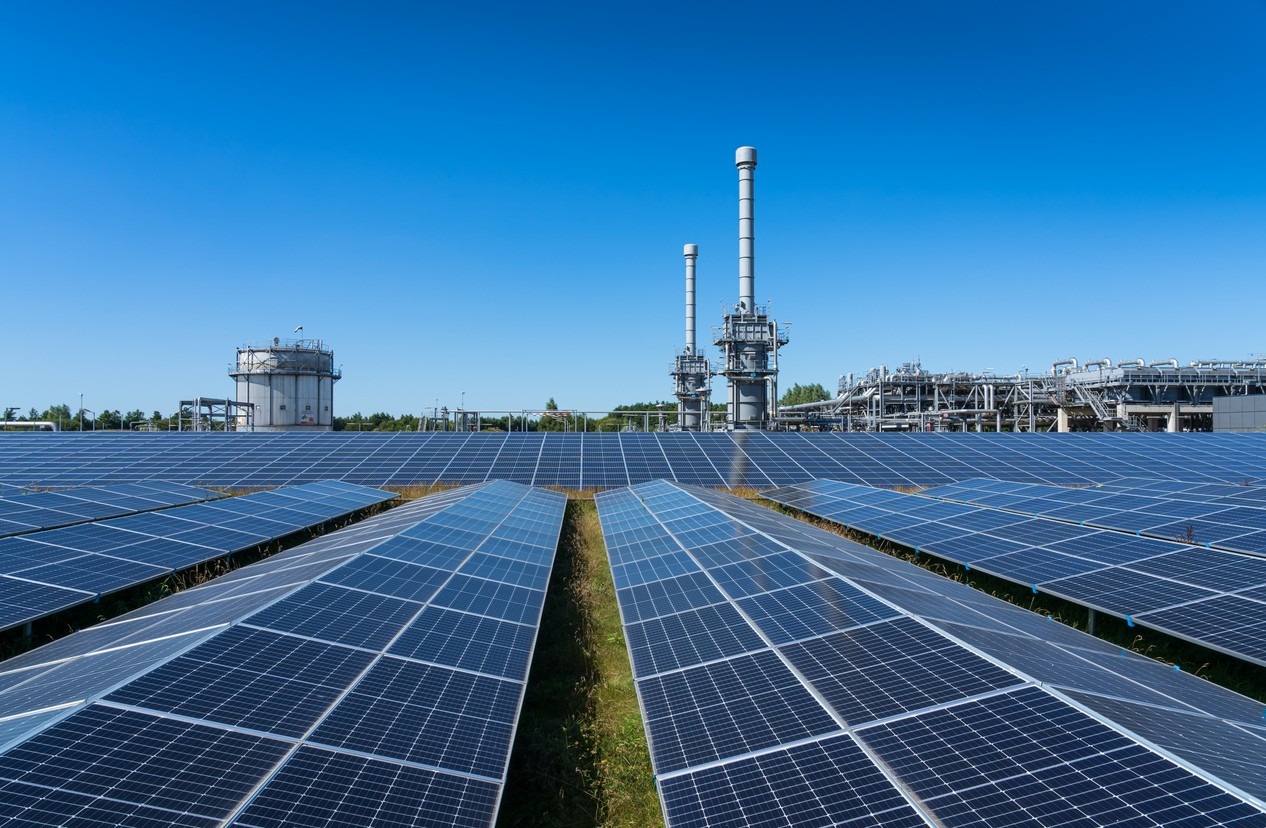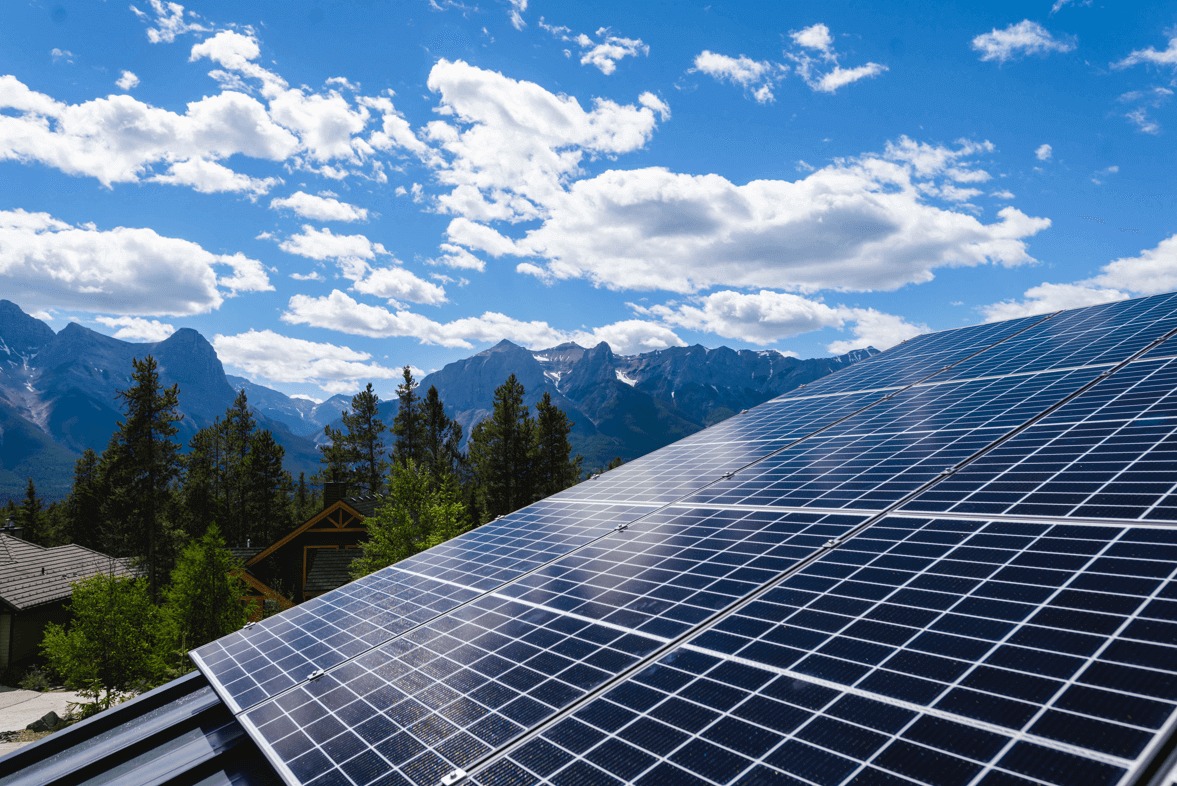Exploring Anti-reflective Coatings
Purpose of Anti-reflective Coatings in Photovoltaics
Anti-reflective coatings greatly improve the efficiency of photovoltaic cells. They work by minimizing the light that is reflected off of the front surface of the cell. ARCs result in increased light absorption and, therefore, higher electrical output. An excellent coating can improve the performance of the silicon PV cell that starts at 14% by as much as 3 more percentage, which is crucial because this coefficient correlates with the return on investment and retained rate of the electrical output of solar cells using the aforementioned technology.
Technologies and Materials
The materials for this invention may vary, but silicon dioxide, as well as titanium dioxide, are some of the more prominent choices because of their refractive characteristics. They are usually applied and evenly layered using the plasma enhanced chemical vapour deposition, which allows all the gasses to pass at the same incident angle to the solar cell. The thickness of the coating is also a very crucial variable, and it is kept at such a level that the reflectance of all spectrums is minimized. The critical benchmark that this coating is designed to decrease is the reflectance at the point of 550 nm, which leads to the most efficient absorption of the visible light.
Real-life Cases and Tests
It should be noted that it has been successfully implemented in the photo-electric cells of this widely adopted technology. The most notable case is the Mojave Solar Park, one of the larges PV-centric parks in California which features ARCs on at least 20% of all of their solar panels. During their initial tests, its engineers claimed only a 5% average increase in efficiency whereas, in reality, the income from their solar panels eventually increased by hundreds of thousands per year, with no extra physical nor material resources used.
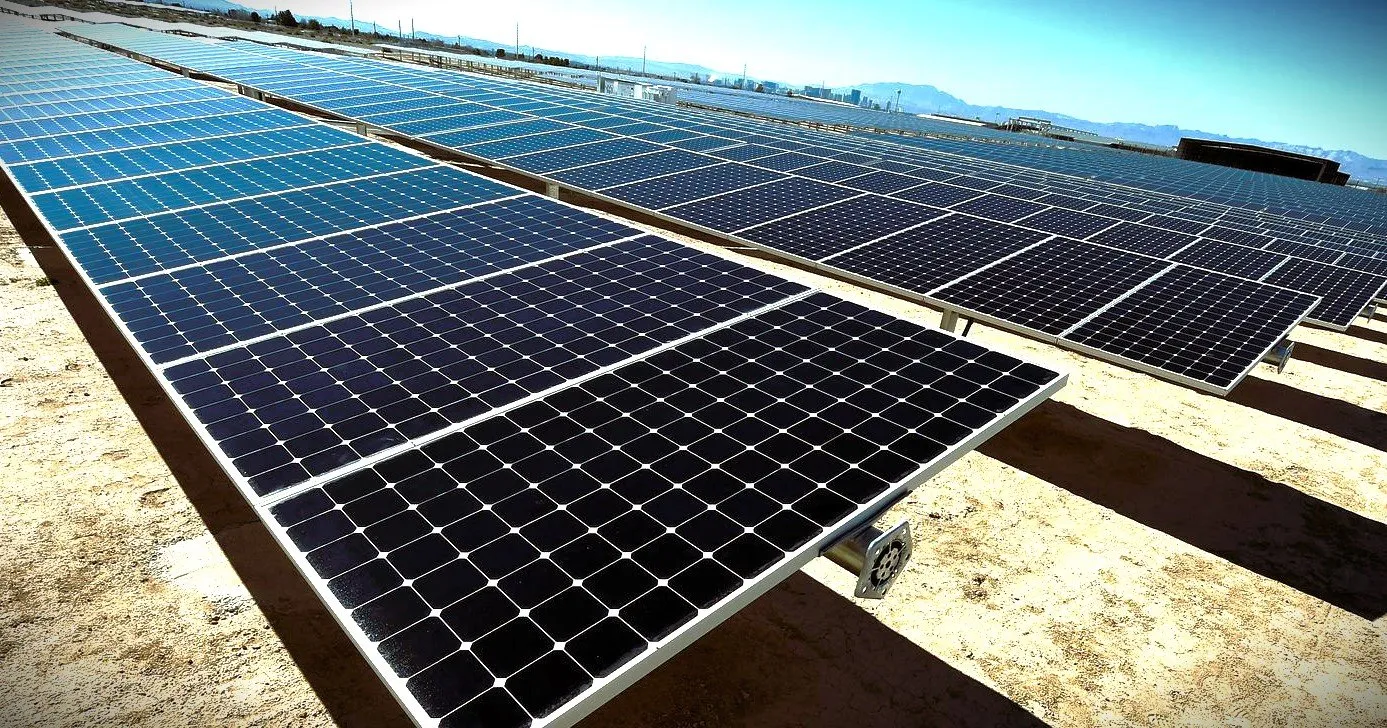
Advantages of Hydrophobic Surfaces
Benefits off Hydrophobic Coatings
Conditions must be kept optimal for solar panels to function as designated sources of energy. For this reason, hydrophobic surfaces are deployed to minimize the need for manual cleaning. When water is put onto a hydrophobic surface, it beads in a similar fashion to oil on oilcloth. As it accumulates, the foamy fluid begins to roll off, removing dirt and dust as it goes. According to experts, soiling can result in a solar panel output loss of between 5 and 25%. In the dusty Middle East, efficiency was higher by 10 and 15% where the coating was in use than when it was not.
Improved Light Absorption
Given that water and dirt that collect on the surface dirt reduces the amount and saturation of light absorbed by solar panels. Analyzing and correctness of this argument is founded on the statistics which can be done on the surface when applied, and when unapplied. Hydrophobic coatings have been recorded to improve the operational efficiency of solar panels. When the device is used in the field, it was observed that the solar panels under the same conditions recorded equal losses of efficiency due to light scatter. Solar panels under treatment suffered less reduction in stands to logic that they are better in the function.
Decreased Maintenance Costs
Solar panel cleaning labor can be expensive, especially with the use of modern structures that span to full scale in solar farms. The use of hydrophobic surfaces means that solar panels can be cleaned after longer intervals. Considering that up to 10 to 30% of maintenance budgets are dedicated to cleaning equipment and manpower, this represents a major reduction in costs.
Advances in Protective Coatings
Resilience to Environmental Stress
Protective coatings are designed to provide physical and ultraviolet shielding for photovoltaic (PV) panels, mitigating the degradation effects of moisture, ultraviolet (UV) light, and the stresses of thermal cycling. The longevity of solar panels is correspondingly increased by protective coatings. Data from the Arizona test in summer showed that, typically, after 25 years of exposure, advanced protective coatings would maintain over 90% in efficiency while untreated panels were reduced to just 80% efficiency.
UV Resistance
The role of UV-resistant coatings is particularly important: exposure to sunlight can degrade fuel lines, hoses, and wiring. It would,be naive to expect the materials used in solar panels, especially the photovoltaic cells as well as the encapsulants, to resist degradation by UV light. Protective coatings that incorporate UV absorbers or blockers should reduce the rate of degradation. Tests in Southern California solar farms showed that panels coated with a protective coating lost efficiency at the rate of 0.5% per year compared to 1% in the case of uncoated panels.
Thermal Management
Thermal coatings are a new breed of coatings that reduce the temperature of the coating by reflecting infrared radiation. The innovative coating maintains the panel at a lower temperature in comparison to an uncoated panel. This is a particularly good property for solar panels because they lose performance as they heat up. Data from hot, humid, tropical applications in Indonesia clearly show a surface temperature reduction of over 5°C. Theoretical models suggest that such a temperature reduction would correspond to a gain of over 2% in efficiency at peak solar conditions.
Cost-effectiveness
A gas chromatograph analysis clearly shows a return on investment for the extra cost of coating because the panels suffer fewer efficiency losses and have a much longer period of no weathering. The break-even time for the extra cost of a protective coating was also calculated as five years.
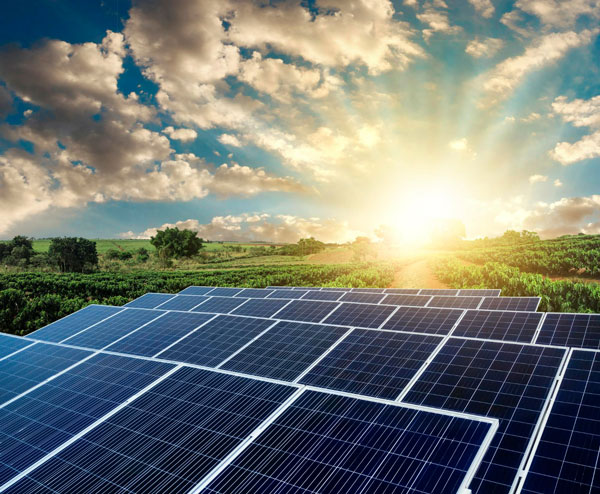
Explore Self-Cleaning Technology for Photovoltaic Cells
Main mechanisms behind self-cleaning technology
Self-cleaning technology for photovoltaic cells mainly utilizes hydrophobic and photocatalytic coatings to decrease the need for manual cleaning. The hydrophobic coating causes water droplets to bead up and roll off the surface, taking dirt and dust particles with them. A photocatalytic coating serves to decompose the organic dirt by the energy from sunlight, a subsequently washed away by the rain. These two mechanisms combined allow the maximum amount of light to reach the cells without interference.
Implementation and efficiency gains
Such technologies show considerable efficiency gains. A company that installed a self-cleaning coating on a solar farm in Nevada experienced a 5% increase in power output that remained steady over the years. In such a dry climate, dust accumulation can cause up to a 20% decrease in efficiency, a ratio which the self-cleaning coating can successfully prevent.
Economic and sustainability benefits
The use of self-cleaning technology is beneficial to companies not only in terms of technological capabilities but also for cost-saving reasons. Another solar farm, this one in Texas, calculated that installing a self-cleaning coating rather than manually washing the panels saved them over $25,000 per year. From a sustainability perspective, the most obvious benefit is the decreased frequency of using water to wash the panels, as one facility using the technology in southern California reported a reduced water footprint when analyzed from a life cycle perspective.
Technological improvements and prospects
From a technological innovation perspective, nanotechnology allows the creation of self-cleaning surfaces similar to those of lotus leaves. Such superhydrophilic and nano-structured surfaces can repel dust and water as well as having the side effect of reducing surface reflection, thereby increasing light absorption. Research indicates that solar cells with nanostructured surfaces are shown to have an additional 1-2% absorption, a significant proportion at this scale.
Exploit Transparent Conductive Coatings
What Role Photovoltaic Cells Play
The TCC are utilized in solar cells for boosting their performance. A solar cell earns such a boost based on the increased light capture and the quality of conducting electrical current. The application of solar cells improves with the TCC application, as the electrical resistance across the surface is reduced, promoting electron traveling flow and energy yield. Thus, items turn even more proficient, and it can attract consumer interests.
Techniques of TCC Application and Material Development
The technique applying TCC as a layering device is standardized based on accuracy. Materials are slowly applied through strategies such as sputtering and chemical vapor deposition to ensure even spreading and optimal load. When it comes to the material advancements, a promising new development is the application of graphene substance to reduce coating expenses and make them even more highly conductive. The change attracts interest, as the efficiency of solar cells on graphene bases in one of Germany’s laboratories has shown a boost from 18% to 22%. Moreover, unemployment times also drop with energy as highly efficient to come by far quicker.
Economic Benefit and Adaptation
One of the benefits of TCC application is its dual impact on both solar panels and solar-powered systems. Along with the fact that the target solar cells reached a new level of energy efficiency performance, the overall economic value of solar power systems was boosted. Such enhanced performance dropped the energy payback times of target systems, and profits elevated with the application of the technology. The increase is evident from the growing market share of solar installations, belonging to the enterprise or consumer segment. The market analysis leans towards the instrument leading NCO of extra layers of solar cells gaining the biggest benefit in the previous two sectors.
Outlook into the Future
The possibilities are exciting and indefinite when it comes to TCC. A likelihood of result is some new marriage with various other solar technology layers, particularly in the form of PTCs. Blocking such a contraction, most of the advantages were exhausted to even hit the current limit. The limitation also allows for a breakthrough for exceeding it with future combinations.



